The number #1 in Spanish

Before we talk about all of the numbers in the Spanish language, we need to stop and talk about the number one (1).
One is the most interesting number in Spanish because it has three forms, where most numbers have only one or two.
In addition, any number ending in one such as twenty-one (21), seventy-one (71), or two thousand four hundred and sixty-one (2,461) also has three forms.
So, what makes the Spanish number one so special?
When we use Spanish numbers in a sentence, we can either use them like an adjective or a pronoun.

When we switch between these two options, similar to other Spanish words that describe quantity such as algún vs alguno, we need to decide between three forms.
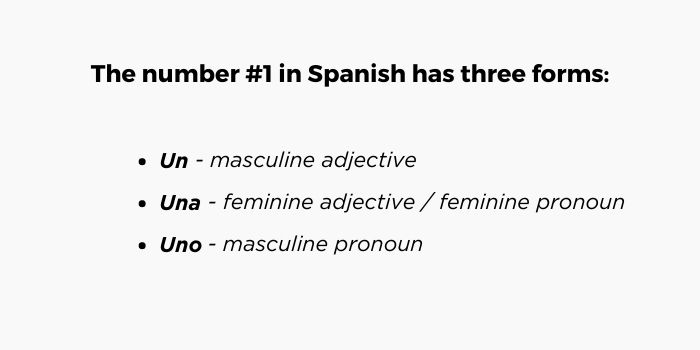
Let’s see this in action.
Firstly, here are a few examples of the number one behaving like an adjective:
English: I have one brother and one sister..
Español: Tengo un hermano y una hermana.
English: We only need one idea for the project.
Español: Solo necesitamos una idea para el proyecto.
Note there aren’t different words for ‘one’ and ‘a’ in Spanish, e.g. ‘una idea‘ could translate as ‘one idea’ or ‘an idea’. We can only distinguish between ‘one’ and ‘a’ or ‘an’ in Spanish through context.
Next, here are some examples of the number one behaving like a pronoun:
English: How many cups do you have?
Español: ¿Cuántas copas tienes?
English: I have one.
Español: Tengo una.
English: How many countries have you lived in?
Español: ¿En cuántos países has vivido?
English: Only one.
Español: Solo uno.
As you can see with this last example, when we want to say ‘one’ and this represents a masculine noun, we need to remember to say ‘uno’.
But, if we have a noun in our sentence, we need to drop the ‘o’ (e.g. ‘un libro’, ‘un artículo’ etc.) And if it is feminine, we don’t need to change forms.
Numbers ending in one
When any number ends in one, the change between forms is identical.
In addition, we don’t need to pluralize larger numbers ending in one, as we do with the majority of adjectives in Spanish.

But, we do still have to match the gender of numbers ending in one when the noun is feminine.
Here are some examples:
English: There are forty-one people on the bus (41).
Español: Hay cuarenta y una personas en el autobús.
English: How many guests are coming to the wedding?
Español: ¿Cuántos invitados vienen a la boda?
English: Two hundred and sixty-one (261).
Español: Doscientos sesenta y uno.
But, note there are numbers that end in the letter ‘o’ that we don’t need to match for gender or plural.
For example:
English: We need four knives and five spoons (4, 5).
Español: Necesitamos cuatro cuchillos y cinco cucharas.
Beyond the number one, and numbers ending in one, there are a few other numbers that change form, we will discuss these in more detail later in the article.
Un vs unos, una vs unas
The last thing we need to discuss before moving on is the plural forms of the number one: unos and unas.
As you saw a moment ago, when we have a large number ending in one, we need to stick with the singular form of one.
For example, the following doesn’t work:
English: There are fifty-one examples in the homework (51).
Español: Hay cincuenta y unos ejemplos en la tarea. ⊗
So, how then do we use unos and unas?
If we don’t need an exact number, we can use unos and unas for approximations.

There are, in fact, two basic scenarios in which we can use this plural form of one.
The first is for a small and non-exact number, this situation is best translated into English as ‘a few’ or ‘some’.
Here are some examples:
English: We spend a few weeks in the mountains every winter.
Español: Pasamos unas semanas en las montañas cada invierno..
English: I’m going to have some drinks with friends tonight.
Español: Voy a tomar unas copas con amigos esta noche.
The second situation in which we can use the plural form of one is for making larger numbers approximate quantities.
We can do this by combining unos and unas with a larger number. This use translates into English as ‘some’ or ‘about’.
For example:
English: I’m only going to wait about twenty minutes (20).
Español: Solo voy a esperar unos veinte minutos.
English: There are about forty questions on the test (40).
Español: Hay unas cuarenta preguntas en el examen.
Note the word order here and how we must put unos and unas before the number we want to approximate.
Now that we have discussed the number one in detail, next let’s look at the numbers between zero (0) and twenty-nine (29).


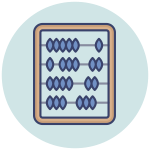




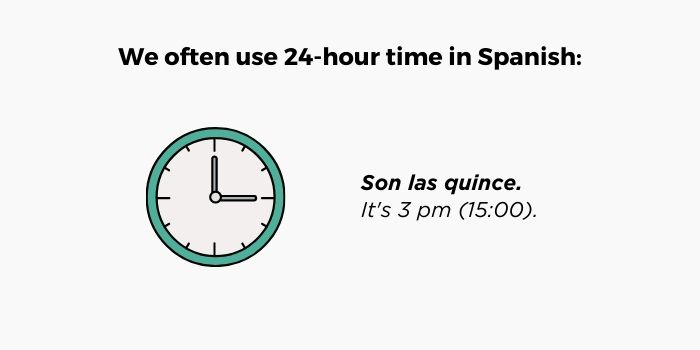
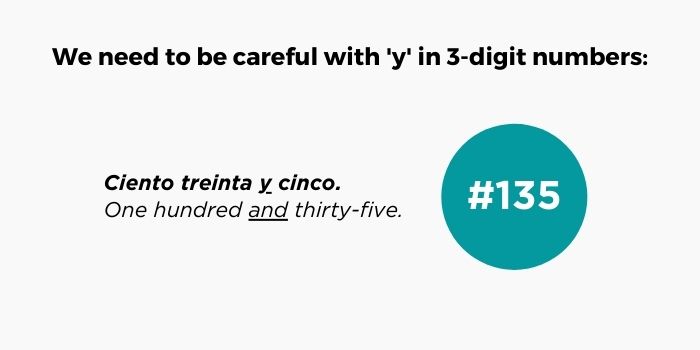
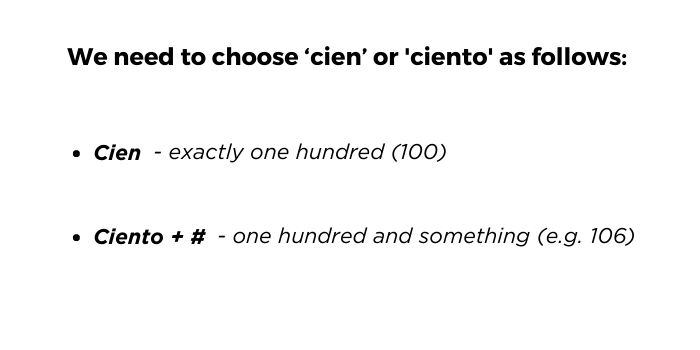
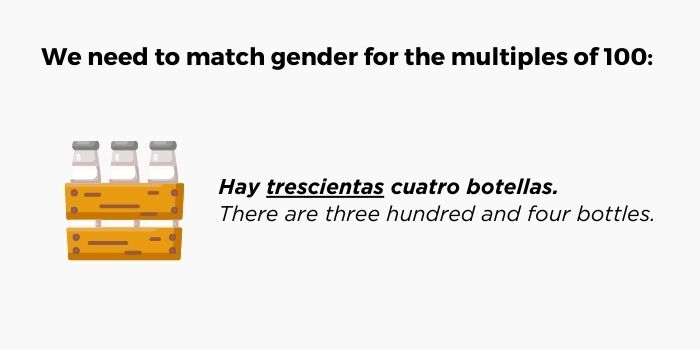

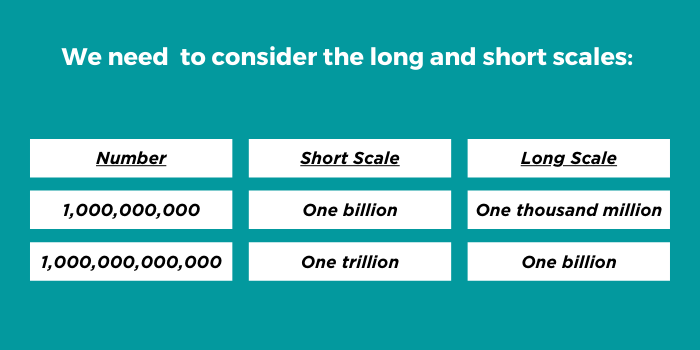
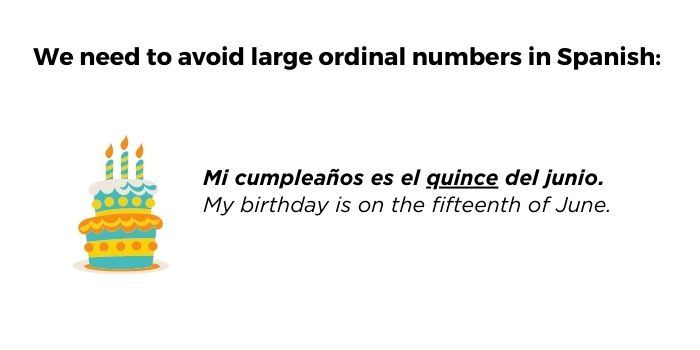

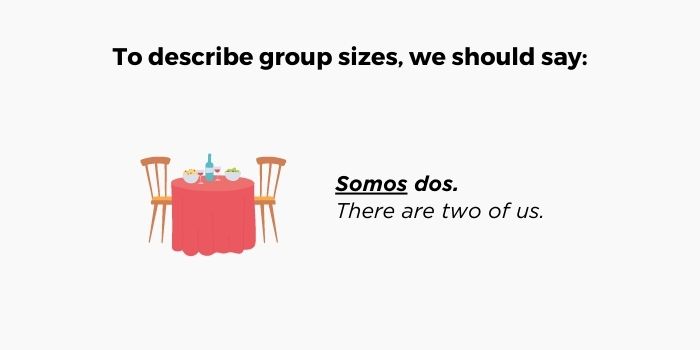
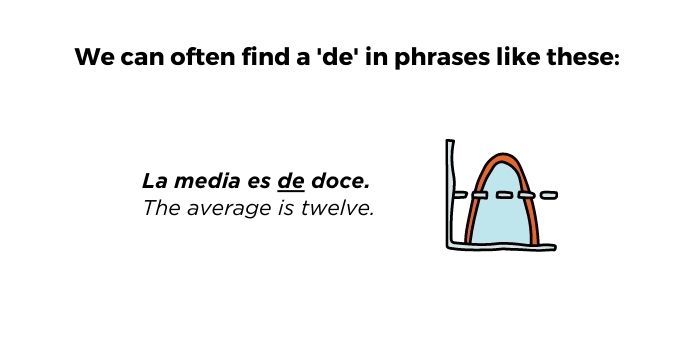



Wow Andrew, Once again we owe you a debt of gratitude for so generously sharing all your hard work. Very much appreciated.
Thanks for the kind words Bill!! 🙂
I was surprised there was no comment on the metric system where the use of fractions is obviated. I was puzzling how to say we had a twentieth of an inch of rain, when I realized it would be uno o dos millimetres.
Hola Vernon, yes, this is a good point!! I didn’t consider the metric system vs the imperial system for this article. Most of the Spanish-speaking world is on metric, so it definitely helps to know it! 🙂
This is a most timely review. Just yesterday I made flash cards of the ordinals between 1-10. This article takes it so much deeper. Thank you Andrew.
Thanks for the feedback Les! 🙂
Hola Andrew,
Qué sorpresa, y es muy interesante. No me di cuenta, los españoles usaban el reloj de veinticuatro horas. ¿Verdadero o Falso? – RSVP por favor.
Saludos cordiales,
Christine
Sí, es muy común Christine 🙂
I read the title and thought, “Oh, this will be an easy one.”
.
.
.
.
.
Wrong.
Thanks Russ!! Yes, there is nuance in almost every topic, such is language learning! 🙂
Andrew, really appreciate all of your work. Please note in English, the #135 should be properly pronounced: “One hundred thirty-five”. There should not be an “and” after the hundred. This is a spoken error that occurs all the time with English speakers! In English the “and” is only used after the decimal point.
Thanks for sharing Debbie! My understanding is this is regional in English. In the UK, the “and” is always used in 3-digit numbers. In the US, it is used sometimes but not required. That said, it is common enough throughout the English-speaking world that it is worth all Spanish students taking some time to think about the translation of 3-digit numbers.
Como siempre – muy bien hecho!!
¡Muchas gracias Mo! 🙂
Great job Andrew.
I learned that medio is half and media is average.
Thanks Marthe!! 🙂
I wish I still had the grey matter to retain and use all you share with us, Andrew. You really are a wonderful teacher. Your enthusiasm for your subject is obvious. I always feel ‘enlivened’ after reading your posts. Sadly my mind has a mind of its own anymore. Keeps me always busy … though not necessarily productive. 🌿🤔🙄😳😝🤪👍😊
Thanks for the kind words Candace! 🙂
Outstanding article Andrew. I love the new format that you have used in this article and hope you will continue using it for future articles.
Your explanations provide me with the answers to questions that would take me so much time to research on my own and for this I am eternally grateful.
With thanks
Trish
Thanks for the great feedback Trish! 🙂
I always savour your lessons and save the emails in a dedicated Andrew Barr folder.
Today I am especially intrigued by a Spanish dictionary of doubt.
Not sure that I don’t need one of those for English !
Haha, thanks Belinda!! 🙂
Hi Andrew thanks for this really useful article . I have a couple of queries about how some numbers are written and spoken.
130,125,110 Euro lottery win in Spanish – I have seen it written as 130.125.110 ie in English we use commas whereas in Spain it is usually full stops (Period in US English). Also for the decimal point – eg 1.25 (one point two five) we use the full stop but in Spain its a comma. I’m not sure how the following numbers would be spoken in spanish 130.125.110 and 1,25? Do people speak the punto y comma?
Also Siglo XV is fifteenth century but is this more often siglo quince or siglo décimo quinto?
Hola Chris, thanks for the questions! In terms of the full stops and commas, these are generally written but not spoken, they also change throughout the Spanish-speaking world. For Siglo XV, both options are possible but “siglo quince” is more common and I will add this example to the article!! 🙂
Same as Russ – I thought this was going to be an easy one. One question though, concerning the dividing of phone numbers into double digits. This completely threw me the first time the receptionist at the Centro de Salud wanted to verify my number. My Spanish mobile number has nine digits, like this: 680 xx yy zz, so how do I deal with the first three?
Thanks.
Thanks Graham, it’s a good question! In general, like English, we can go in single digits or a 3-digit if we want to, the rules aren’t 100% fixed. Two digits are the most common but if it’s an odd number we have to make a switch.
Wow! This topic contains so much, and I have been confused for a long time with how to state fractions and ordinal numbers. Your explanations are great and I will study, repeat, study and repeat some more in hopes of mastering them.
That being said, I teach a few small, basic level Spanish classes and sometimes my enthusiasm gets the better of me. My husband advises me, “Don’t try to get your students to drink from a fire hose.”
I feel that your lesson on numbers could have been broken into 3 or 4 lessons, and we’d still feel quite satisfied. And just think – you could go on vacation with the time you saved!! 😃
PS – I agree with Debbie’s comment (above). I was taught that it was incorrect in English to insert “and” between numbers except following a decimal. My dad taught me to write checks in this manner to avoid confusion = Two hundred thirty seven (dollars) and sixteen (cents.) = $237 and 16/100.
Thanks for all your obvious hard work and your passion.
Thanks for the feedback and the kind words Jean!! 🙂
Andrew, without doubt you are a fantastic teacher. You convey the whys behind the hows and that make it go in, thank you so very much
Thanks for the kind words Garry!! 🙂
Thank you for you clear and thorough explanation…now, if I can only remember to use all the rules in the right contexts…
Cheers.
Thanks for the feedback Denis!! 🙂 My suggestion is to just pick one thing that is new to you and practice that, then come back and pick something else.
A great article Andrew. It explains a lot i was having trouble understanding
Thanks for the feedback Steve! 🙂
I wouldn’t have imagined a better way that anyone could have explained this. Very nice lesson dear. Really appreciate your details and passion in compiling this. Thanks
Thanks for the feedback and the kind words Keyur! 🙂
What a thoroughly thorough article! Great work! Thank you so much!
Thanks for the feedback Fiona! 🙂
This is epic and I love it with all of my Spanish teacher heart! Thanks for this great comprehensive guide!
Thanks TM, I appreciate it! 🙂
This is an outstanding article! Just one question: What if I did use ordinals in Spanish that are more than 10 in Spanish, i.e., Colombia es el vigésimo noveno país más grande. How will native Spanish react to it?
Hola Maurya, I’m not sure how a native will react. It sounds like a good experiment to run!! 🙂
Loved this! Fantastic explanation. Thank Andrew.
Thanks for the comment Robyn, I’m glad you enjoyed the article! 🙂